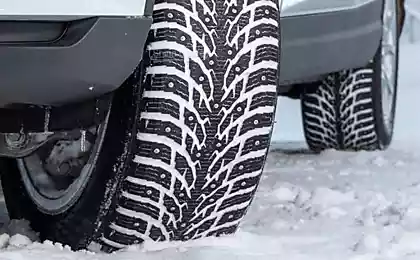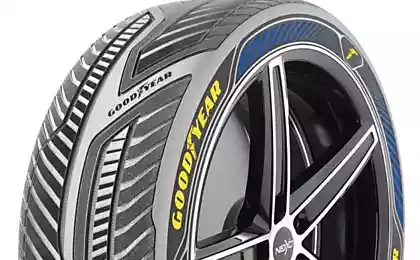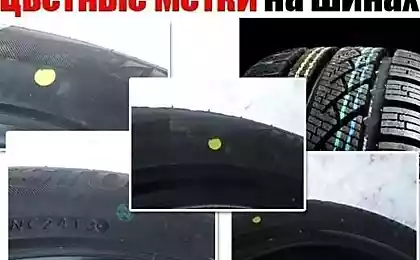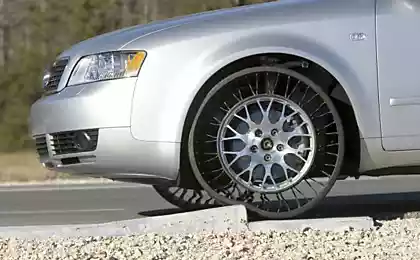716
Is it dangerous to winter tires in the summer?
For some, this may be a surprise, but many motorists in a fit of laziness and neglect savings buying summer tires and still ride on the winter. To understand, than the risk of such drivers.
A small survey.
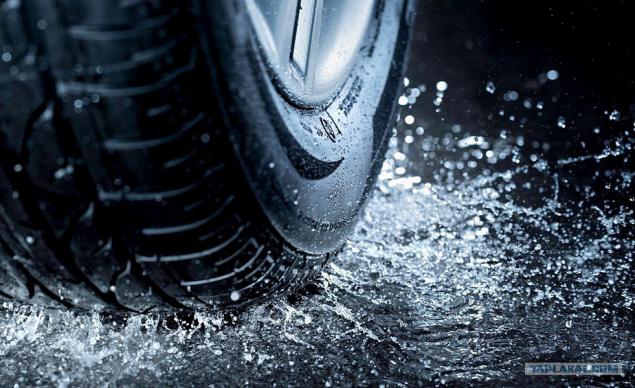
It does not prohibited the use of winter tires in the summer?
Alas, no. The law on mandatory tire change will come into effect only on January 1 2015, together with the technical regulations of the Customs Union.
However, be punished only those who drive in winter on summer tires as well as in summer - on the thorns.
If next summer you will ride a studless "Velcro", then you were not in danger. Legally.
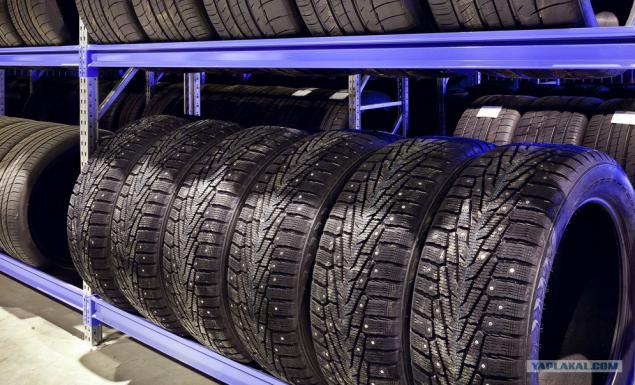
Winter tires and "Velcro": what is the difference?
Another protector
In summer tire tread pattern - with large smooth "checkered" and pronounced wide longitudinal grooves that serve to effectively divert water from the wheels in wet weather.
In the winter tires is applied, usually one or another version of "Christmas trees" with diagonal grooves extending from the center to the edge of the tire. "Checkered" Winter tires are not smooth, and dotted with many small zigzag sipes (the so-called sipes). This design provides good tire grip and handling on snow as well as stability and sustainability in the countryside winter road.

Another rubber composition
Winter tires are softer, it is due to this quality they are well kept road in frost and thaw in the light. Running the same - more stringent in the cold instantly "dubeyut" and completely lose their properties.
But in the summer too soft tires and did not need: it is much more important than the well-designed for summer conditions the tread pattern and efficient water drainage. But with this, there is the problem of winter tires.
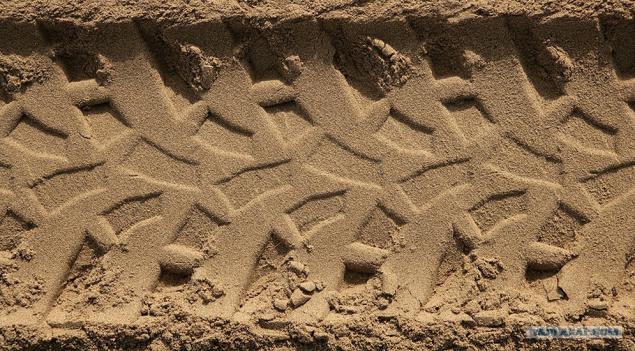
How to behave in the summer of winter tires?
There is an opinion that the difference in the behavior of both summer and winter tires in the summer, of course, is there, but the driver in the ordinary modes of movement of its staff may not feel it. However, independent tests show that it is - misleading. And very dangerous!
Experts Finnish edition Tekniikan Maailma («World of art") not so long ago had a big comparison test of summer and studless winter tires. It turned out that most clearly the differences between summer and winter tires in the summer conditions are shown on wet pavement and emergency braking.
Thus, in the test of aquaplaning summer tires "float" on the flooded road at a speed of 84, 1 km / h. Whereas for winter tires this threshold appeared noticeably understated: the unpleasant effect of hydroplaning starts with 69, 5 km / h.
As part of the performance tests from 80 to 5 km / h the car is equipped with summer tires, pulled up at a distance of 28, 9 m. While the car "booted" in the friction tires, rolled away the mark of 43 meters. The difference - three buildings!
The conclusion of the Finnish test was unequivocal: Winter tires are not suitable for summer use!
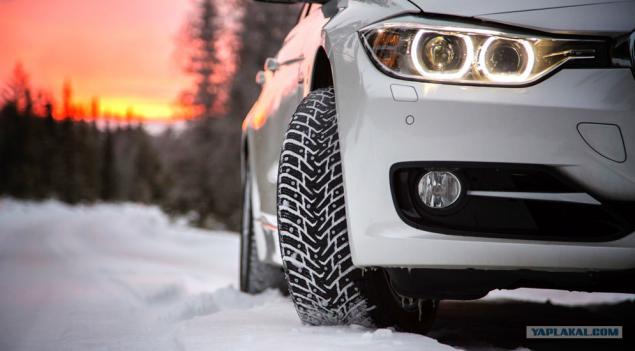
What the manufacturer says?
Such a verdict, oddly enough, is fully consistent with the recommendations of the manufacturers of tires.
According to head of Customer Support Nokian Tyres Matti Mori, a softer rubber compound and tread pattern of the frictional winter tires have a negative effect on the tire grip on wet roads. In addition, the steering response is slowing, and the stability of the vehicle is significantly reduced.
Summary
The main conclusion drawn on the basis of dialogue with the experts-Shinnik is: "change shoes" for the summer season it is necessary! Staying at the "winter" only for a short time, and to winter tires have treated as zapaskam- "dokatka».
The main dangers that await those who travel in the summer to winter tires:
insufficient adhesion to asphalt, especially in the wet: at high speeds the car will throw from side to side;
slow response to vehicle control: an active taxiway can forget;
earlier aquaplaning effect: in the rain does not have to go, and "sick»
a marked increase in braking distance: the risk of accidents has grown significantly;
increased tire wear: until next winter collection is not removed at the beginning of the summer, and can not live ...
All
here
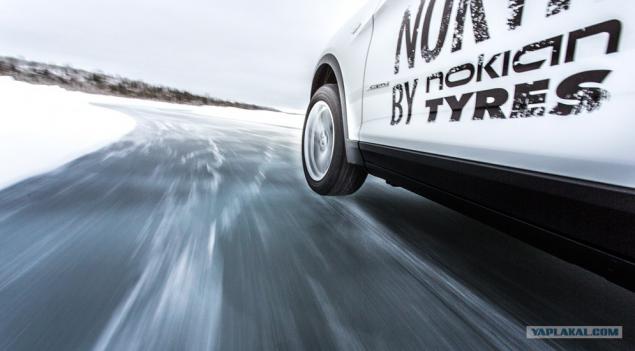
A small survey.

It does not prohibited the use of winter tires in the summer?
Alas, no. The law on mandatory tire change will come into effect only on January 1 2015, together with the technical regulations of the Customs Union.
However, be punished only those who drive in winter on summer tires as well as in summer - on the thorns.
If next summer you will ride a studless "Velcro", then you were not in danger. Legally.

Winter tires and "Velcro": what is the difference?
Another protector
In summer tire tread pattern - with large smooth "checkered" and pronounced wide longitudinal grooves that serve to effectively divert water from the wheels in wet weather.
In the winter tires is applied, usually one or another version of "Christmas trees" with diagonal grooves extending from the center to the edge of the tire. "Checkered" Winter tires are not smooth, and dotted with many small zigzag sipes (the so-called sipes). This design provides good tire grip and handling on snow as well as stability and sustainability in the countryside winter road.

Another rubber composition
Winter tires are softer, it is due to this quality they are well kept road in frost and thaw in the light. Running the same - more stringent in the cold instantly "dubeyut" and completely lose their properties.
But in the summer too soft tires and did not need: it is much more important than the well-designed for summer conditions the tread pattern and efficient water drainage. But with this, there is the problem of winter tires.

How to behave in the summer of winter tires?
There is an opinion that the difference in the behavior of both summer and winter tires in the summer, of course, is there, but the driver in the ordinary modes of movement of its staff may not feel it. However, independent tests show that it is - misleading. And very dangerous!
Experts Finnish edition Tekniikan Maailma («World of art") not so long ago had a big comparison test of summer and studless winter tires. It turned out that most clearly the differences between summer and winter tires in the summer conditions are shown on wet pavement and emergency braking.
Thus, in the test of aquaplaning summer tires "float" on the flooded road at a speed of 84, 1 km / h. Whereas for winter tires this threshold appeared noticeably understated: the unpleasant effect of hydroplaning starts with 69, 5 km / h.
As part of the performance tests from 80 to 5 km / h the car is equipped with summer tires, pulled up at a distance of 28, 9 m. While the car "booted" in the friction tires, rolled away the mark of 43 meters. The difference - three buildings!
The conclusion of the Finnish test was unequivocal: Winter tires are not suitable for summer use!

What the manufacturer says?
Such a verdict, oddly enough, is fully consistent with the recommendations of the manufacturers of tires.
According to head of Customer Support Nokian Tyres Matti Mori, a softer rubber compound and tread pattern of the frictional winter tires have a negative effect on the tire grip on wet roads. In addition, the steering response is slowing, and the stability of the vehicle is significantly reduced.
Summary
The main conclusion drawn on the basis of dialogue with the experts-Shinnik is: "change shoes" for the summer season it is necessary! Staying at the "winter" only for a short time, and to winter tires have treated as zapaskam- "dokatka».
The main dangers that await those who travel in the summer to winter tires:
insufficient adhesion to asphalt, especially in the wet: at high speeds the car will throw from side to side;
slow response to vehicle control: an active taxiway can forget;
earlier aquaplaning effect: in the rain does not have to go, and "sick»
a marked increase in braking distance: the risk of accidents has grown significantly;
increased tire wear: until next winter collection is not removed at the beginning of the summer, and can not live ...
All
here






